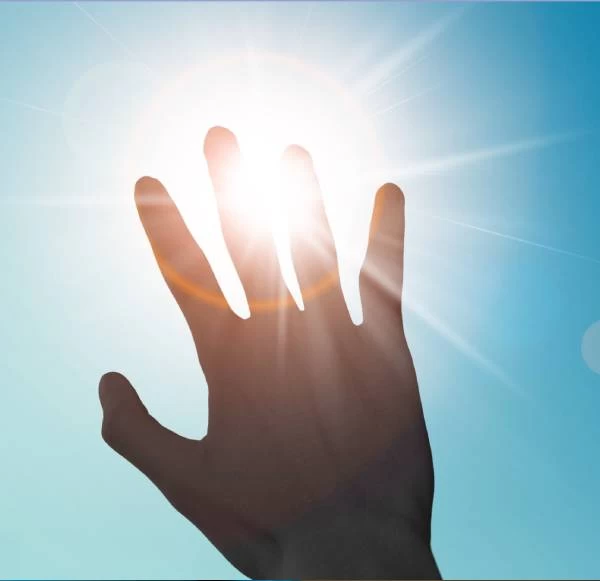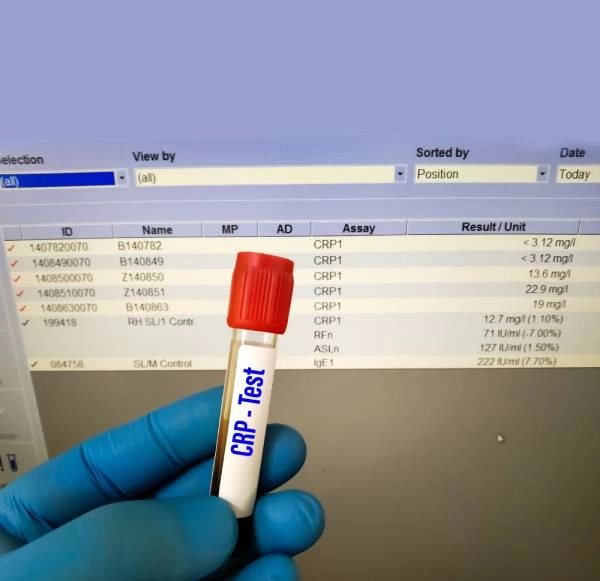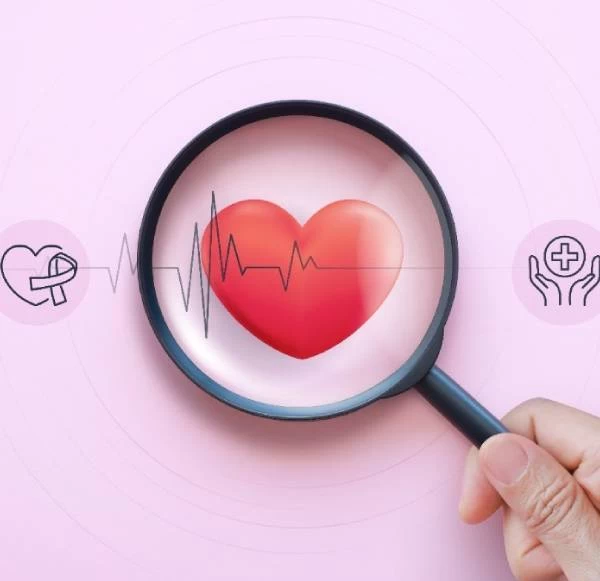- Email Us
-1743579665.webp)
Diabetes often casually referred to as Sugar, is considered as a silent epidemic steadily rising all around the nation. Data sources derived from institutions, such as the International Diabetes Federation (IDF) provide an overview of the rapidly increasing burden of diabetes ratio in India. This is considered to be one of the highest with over 70 million people being affected in India under the 9th edition of IDF. Diabetes is a medical condition in which blood sugar levels become irregular. Irregularity in blood sugar levels is the primary factor of Diabetes. If one fails to manage diabetes it may further cause severe medical complications and conditions, like, kidney failure, vision loss, and heart disease. Diabetes is of two types: Type 1 Diabetes and Type 2 Diabetes, between which Type 1 Diabetes is largely inherited, while Type 2 Diabetes is heavily influenced by an imbalanced lifestyle, obesity, lack of exercise, and an unhealthy diet and genetics. In diabetes, a patient’s body does not produce enough insulin in type 1 condition or the cells become resistant in type 2, which also leads to high blood sugar levels. Type 2 Diabetes often develops gradually, and its symptoms may take years to become noticeable.
Although, an actual defence against type 2 diabetes starts with awareness, and action after recognizing symptoms. The good news is that by recognizing its symptoms early and adopting preventive measures, it is possible to prevent Type 2 Diabetes. Frequently taken health check-ups are not only about the numbers but can help delay or even prevent the beginning of the disease. With this article let us delve deeper into the root causes of type 2 diabetes, its red flags, and basic steps to set a precaution.
Type 2 diabetes can develop not only due to genetic factors but also because of lifestyle-related reasons. The causes of Type 2 diabetes are as follows:
The symptoms of Type 2 diabetes often develop in a slow process over the years. Most individuals remain uninformed of the disease for a longer period and only come in contact with realization under worse conditions. Some primary indicators that may signal the presence of Type 2 diabetes are mentioned below:
Compared to Type 1 diabetes, the reassuring aspect of Type 2 diabetes is that it can be prevented or managed by making healthy lifestyle changes. Here are some ways to reduce the risk of Type 2 diabetes:
From a holistic medical perspective, we have understood that type 2 diabetes is not just a condition, it is more of a wake-up call to maintain a healthy lifestyle. A reminder that our daily choices hold an immense power for the betterment of our future. Small but consistent changes, from our eating habits to physical activeness, mental health, prioritizing sleep, and managing stress. All along plays a significant role in our initial status of health. These steps and processes are excellent as precautions, but what about those individuals with evident symptoms of type 2 diabetes? Well, it is highly recommended for an immediate diabetes blood test against clear indications of diabetes. Untreated type 2 diabetes can lead to severe heart disease and multiple other serious medical conditions. It is also advised to look for a medical consultation before diagnosis.
Ans. Diabetes mellitus is a long-term condition that affects how the body processes sugar. It occurs when the pancreas doesn’t produce enough insulin or when the body can’t use insulin properly, leading to high blood sugar levels over time.
Ans. Certainly, consuming banana can be taken as a diabetes-friendly diet. But in moderation and specific timing in one’s daily routine.
Ans. Few fruits can easily elevate diabetes level due to its higher glycemic index. Fruits like pineapples, watermelon, ripe banana and dried fruits.
Ans. A glucose test typically involves a blood test that is conventionally safe with no significant side effects.
Ans. Yes, beetroot is considered to be beneficial for diabetes when consumed in moderation.




